The present volume is a complete English version of a unique Persian work on Indian music. The original text happens to be the earliest to deal with the profound art of Sangita comprising Gita, Vadya and Nrtya. As such, it may be placed almost next to the Sangita Ratanakara of Sarngdeva, in chronological significance. The author of Ghunyatu’l Munya lays equal emphasis on tansif and talif: the poetic text and the same composed in melody and rhythm. Its departure from the traditional themes and its treatment of themes, whenever needed, its candid criticism of the age-old theories and concepts, its assignment of similar status to forms of song and dance such as Dhuvah, Maath, Jhumrah and Rupak, introduce these as Ma’ mul (practised), Mutadawil (current) and Sarvdey Makhsus (song-form par excellence). Similarly, Vastu (the natal) and Sohilah (nupital songs) of the ladies of India, and ancit, Loharai, bhamari – constituting the dance aerobatics of the nata tribes since time immemorial, give credence to the author’s objective outlook.
Ghunyatu’l Munya: The Earliest Persian Work on Indian Classical Music
Add to favorites
Contents
$48.60
$54.00
In stock
Free & Quick Delivery Worldwide
All orders amounting to US$ 50 or more qualify for Free Delivery Worldwide. For orders less than US$ 50, we offer Standard Delivery at $14 per book.
ABOUT THE AUTHOR Shahab Sarmadee
Late Shahab Sarmadee (1914-94) graduated from the University of Allahabad, with vocal music as an optional subject (1934). He continued with the study of music at the Prayag Sangita Samiti, Allahabad, under the guidance of Pandit Kusalkar; he received traditional training in vocal music and tabla from Pandit Patwardhan, Ustad Yaqub Khan and Niloo Babu. In Lucknow he learned Thumri from Anath Nath Bose and Chottery Agha Sahib. He later worked for the All India Radio, Lucknow, as a Programme Producer. Thereafter, he was invited by the Centre of Advanced Study, Department of History at Aligarh Muslim University as a Visiting Fellow, under the stewardship of Prof. S. Nurul Hasan. He edited and annotated the fourteenth century anonymous text Ghunyat’ul Munya known to be one of the earliest works in Persian on Indian music (Aligarh and Bombay, 1978; English translation, forthcoming) and published a number of articles on various aspects of music mostly of the Sultanate period, while collecting and studying documents in Arabic, Persian, Sanskrit and other Indian languages on the subject of song, dance and drama, for his monumental bio-bibliographical survey, Nur-Ratnakar in two volumes. At the suggestion of late Prof. Prem Lata Sharma, he donated a number of research notes and documents used in the preparation of the Nur-Ratnakar to the Uttar Pradesh Sangeet Natak Academy, Lucknow. His critical edition and English translation of Nawab Saif Khan ‘Faqirullah’s Rag Darpan (1666) – a part of it being a Persian translation of Man-Kutuhal, a vernacular short treatise on music compiled under the patronage of Raja Man Singh Tomar of Gwalior (r. 1486-1516) – was published by the Indira Gandhi National Centre for the Arts and Motilal Banarsidass, New Delhi in 1996. Meanwhile his edition of Lahjat-I Sikandar Shahi written by Yahia al-Kabuli under the patronage of Sultan Sikandar Lodi (r. 1489-1517) was published by the Indian Council of Historical Research and Northern Book Centre, New Delhi, 1999. His Amir Khusrau’s Prose Writing on Music in Ijaz, introduced and translated into English is forthcoming (Calcutta Sangeet Research Academy). Driven by an insatiable kutuhal or intellectual and aesthetic curiosity, Shahab Sarmadee devoted his life to researching and studying original manuscripts and documents, with a particular sense of discrimination and awareness of the fine ligatures linking theoretical concepts and artistic practices from the Arab world to the Indian subcontinent, through Central Asia and Persia.
reviews
0 in total
Review by Anonymous
Be the first to review “Ghunyatu’l Munya: The Earliest Persian Work on Indian Classical Music” Cancel reply
You must be logged in to post a review.
Bibliographic information
Title
Ghunyatu’l Munya: The Earliest Persian Work on Indian Classical Music
Author
Edition
1st ed.
Publisher
ISBN
8172111444
Length
xlvi+158p., Figures; Appendices; 24cm.
Subjects

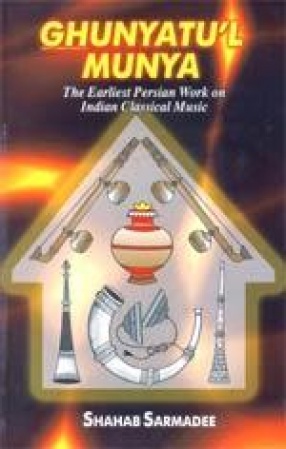
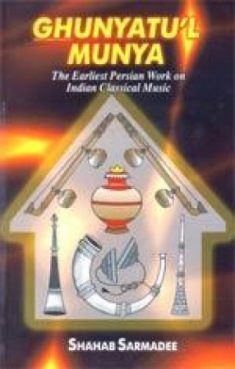
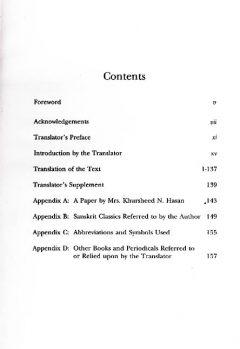
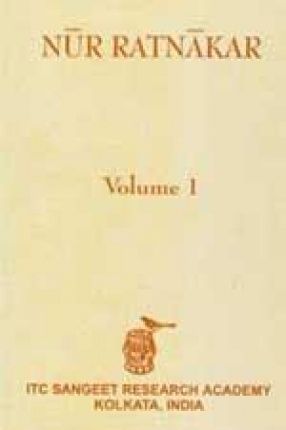

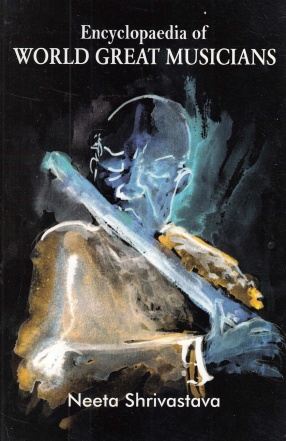
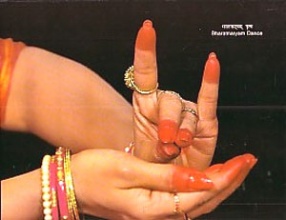
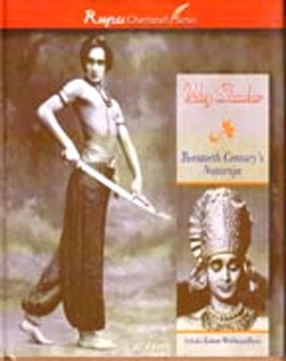
There are no reviews yet.